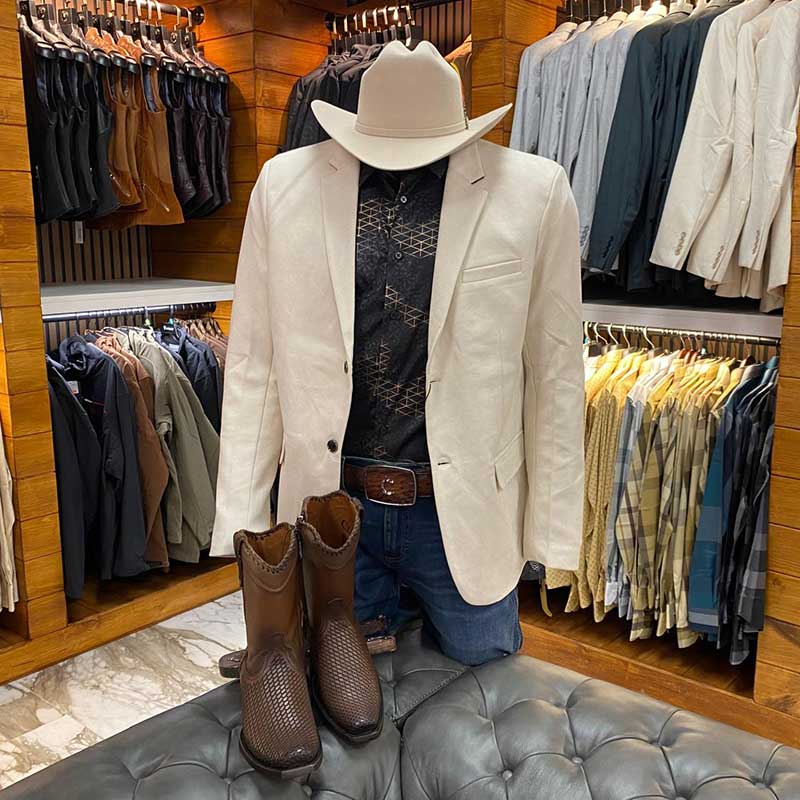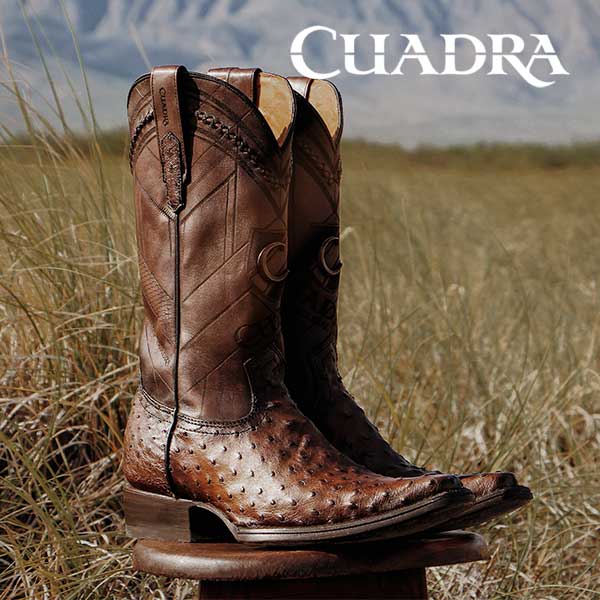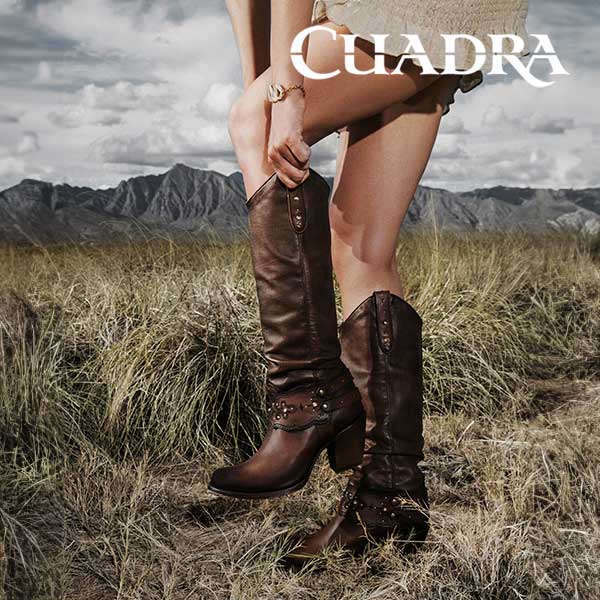
Mexico is a diverse country full of cultural wealth. Something that our parents and grandparents instilled in us since childhood, growing up listening to stories of Charros and Cowboys. The history, as well as the traditions of the Charra culture are impregnated sealed in our roots, family values, heritage and honor.
The Mexican Charro
It is an example of chivalry, tradition and pride. These Mexican cowboys are horsemen, highly skilled trainers and are much more than the typical gunmen immortalized in movies.
The history of the Charro dates back to the 17th century. Today's charros are the descendants of the indigenous cowboys who were first enslaved and then employed by the Spanish colonists to manage their newly acquired haciendas. It was the Spanish who introduced horses to Mexico, but the colonial government enforced a law that Mexican Indians were not to ride horses unless a Spanish landowner employed them to do so. The men who were allowed to ride were strictly forbidden to dress themselves and their horses in the same manner as the Spaniards, so that no Mexican cowboy could be mistaken for a member of the Spanish upper class.

This restriction on dress prompted us to create a new style of fashion worn only by Mexican charros. Now, they woreThey wore tight-fitting suits made of leather and suede, which they adorned or embroidered with beautiful native plant designs made from the fibers of locally grown cactus plants. You know, Mexican ingenuity always getting its way. And to top it all off, there was the wide-brimmed hat made from the hair of their own horses, a hallmark of Mexico.

Over time, the skilled Charro Indians, who knew the local climate and natural terrain better than the Spaniards, excelled in developing their own style of riding. They became "valuable workers" to the landowners, as they were more active in protecting their property and livestock from bandits. However, come the Mexican Independence struggle in 1810-21, our charro ancestors finally revolted against the landowners and fought for Mexico's freedom. They helped Mexican President Benito Juarez bring law and order back to the country.
Of course, those skills were documented and their bravery and loyalty to country were wildly romanticized by the media and the Charro became nothing less than a national hero. As a reward for their efforts, they were the first to receive land, property and horses from their former owners. So the Charro, became a prized and privileged way of life and as a result their skills were fiercely protected and passed down from generation to generation, as well as their dress.

Today, charros are primarily recognized for competing in Mexico's official national sport, the Charreada (rodeo), which was added to UNESCO's Intangible Cultural Heritage of Humanity list in 2016, where po participate, charros must follow a strict code of conduct that stipulates not only how they act but also how they dress.
And do you too carry the roots of a Charro from head to toe?
Take a look at our Charro Boots, and continue to pass down from generation to generation our history steeped in cultural richness.





